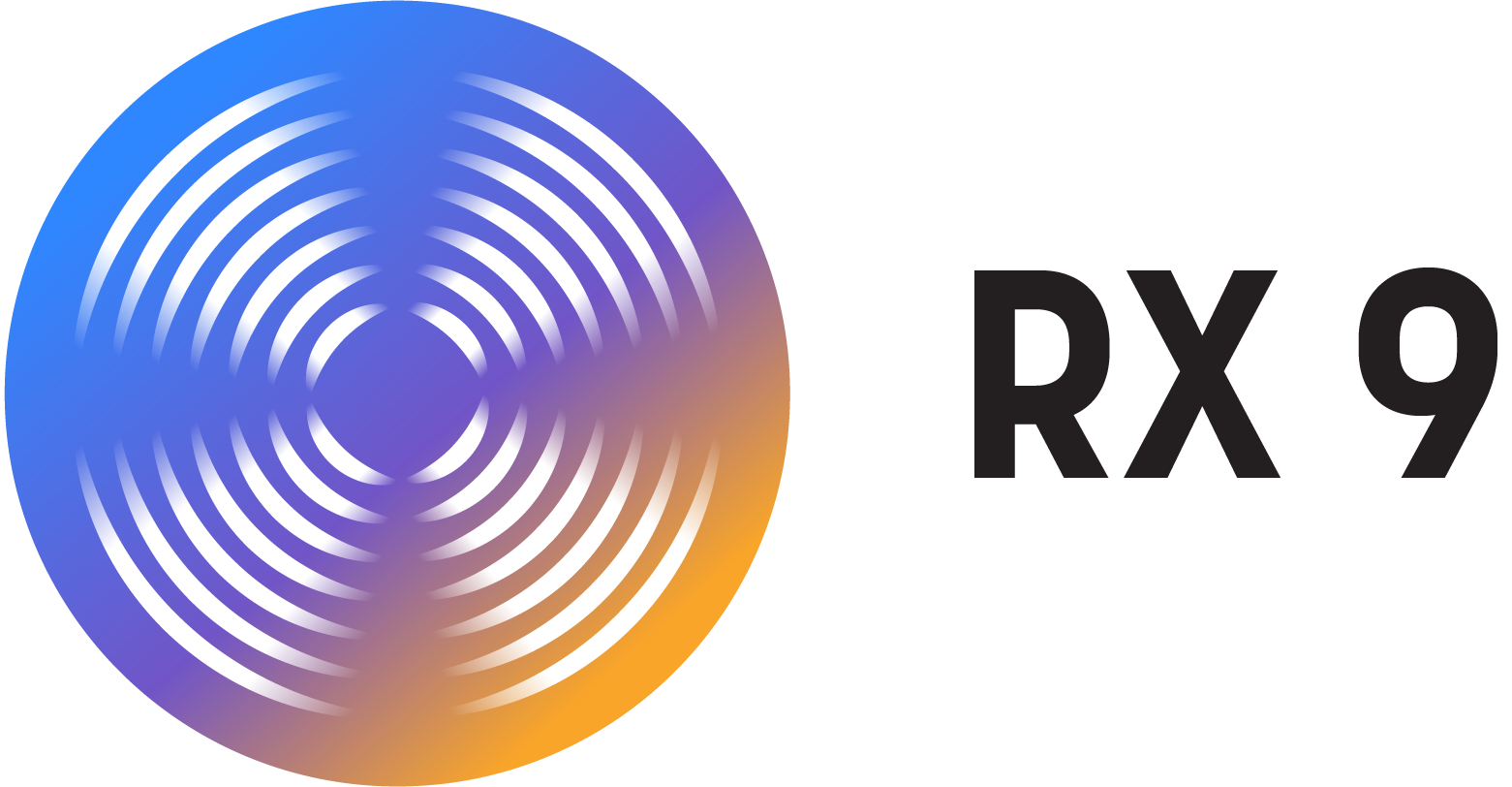
Stardust in Retrograde
DigiPen Game Project 2023–2024

Stardust in Retrograde was a Junior-year game project at DigiPen Institute of Technology, made in Unreal Engine 5 with Wwise integration.
The stars have fallen from the sky and scattered across the solar system. Now they lay dormant, guarded by beasts born from dark matter. One fallen star comes to life as a child of stardust, and embarks on a journey to rescue the stars and return them to their place in the sky. Explore a long-abandoned civilization reduced to ruins and defeat various dark matter beasts to return the light to the sky and bring peace back to the universe.
Click here to take a look at the Audio Style Guide!
What I did:
Player standing in front of “The Forge”
Audio directing:
As audio director, I was completely in charge of managing the audio pipelines during all stages of development. For this project, I want to specify that I did not work/manage any other sound designers. I also worked directly with an audio programmer to get my sounds working as intended in engine. While my audio programmer did the majority of the implementation, there are a few things I implemented myself. Like the dialogue and reverb zones.
Interior of the Hub
Sound Designing:
As the sole sound designer, I was in charge of everything that came out of the speakers. This includes SFX, VO, and music. I even had rudimentary haptics working with the Wwise Motion plugin. I was also in charge of the Wwise project and implementation into Wwise. This including use of random containers, switch containers, dynamic mixing, voice culling, blend containers, and even Soundseed Grain for granular synthesis. Additionally, I used the AK Convolution Reverb plugin in to design 5 reverb zones to help place the audio in the world of the game.
Player traversing through the first level
Voiceover casting, recording, and implementation:
To help elevate the emotional connection to the two main characters, I wanted to cast voice actors for them. To do this, I held auditions (including Sides and Character descriptions), recorded in a studio for the actual VO, cleaned up, edited, and processed the VO using iZotope RX, and finally implemented the dialogue system in Wwise. I also formatted scripts written by the game designers. I formatted them to standard screenplay format since the designers were not familiar with it. Additionally, I used Soundly voice designer and fed it a CSV with the lines for placeholder until I had the actors recorded.
Exterior of the Hub
Composing:
As the composer of the music, I wrote, mixed, and implemented around 6 minutes of dynamic music for the game. I used a combination of vertical layering and horizontal sequencing to help the transitions between tracks sound natural and stable, as well as keep the music interesting and fresh. Our game featured a hub area that the player would return to after each level. To help the player feel a sense of progression, each time the player returned to the hub, a new, significant, layer was added to the hub music. Making the first time the player reaches the hub very contained and intimate, and the last time making the hub sound lively and thriving.
“The Forge”
A creative challenge:
One major challenge I faced during this project was that since the sounds of picking up the collectible stars were musical, I had the challenge of making sure that those musical sounds matched the key of the music during gameplay. To tackle this, I made a switch container in Wwise and made two different sets of pickup sounds. One that fit the key of the explore music, and another that fit the key of the combat music. I had a game controller in Unreal tell Wwise which game state the player was in, this called an event to set the switch to the corresponding game state, making the pickup sound harmonious with the gameplay music.
First combat area
What I learned:
The biggest thing I learned during this project was the importance of scope. And even more importantly, what it looks like when a team is not sticking to a scope during a project. While there were plenty of audio jobs to do and attend to, much of my time as a director was helping the team stay on scope For the first 4 months of development, we had one designated designer. Thankfully, for the last 4 months we had 3.










